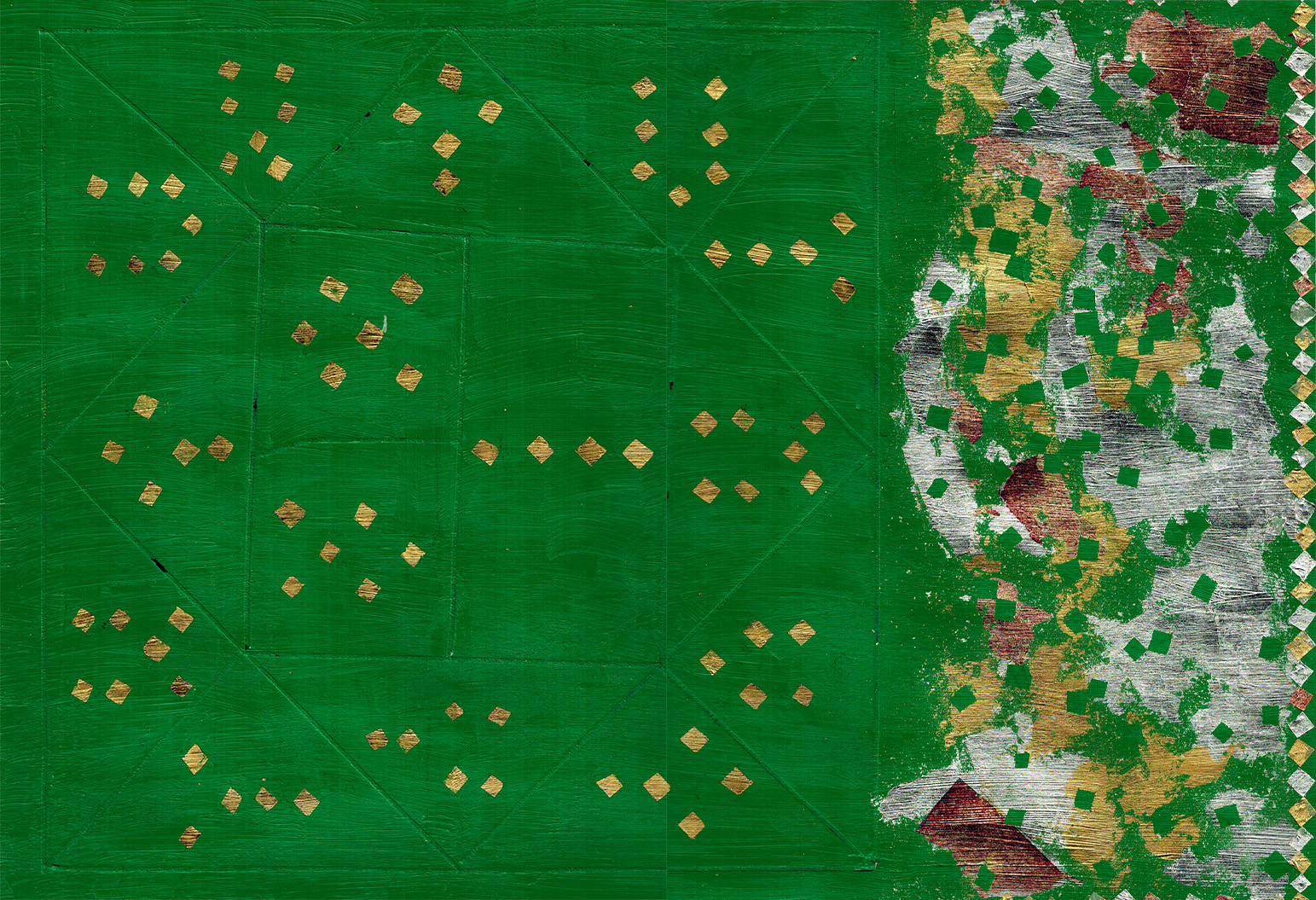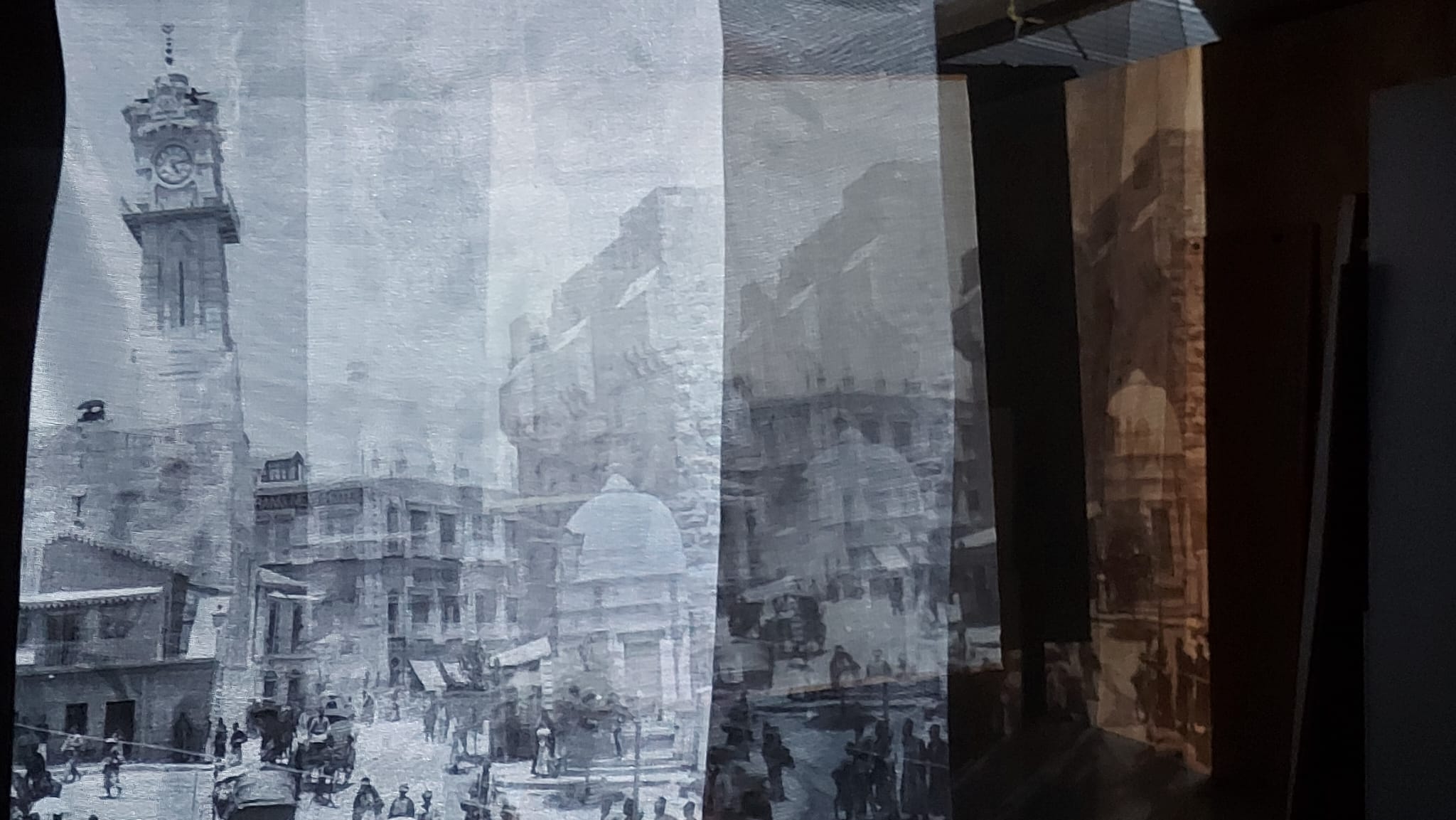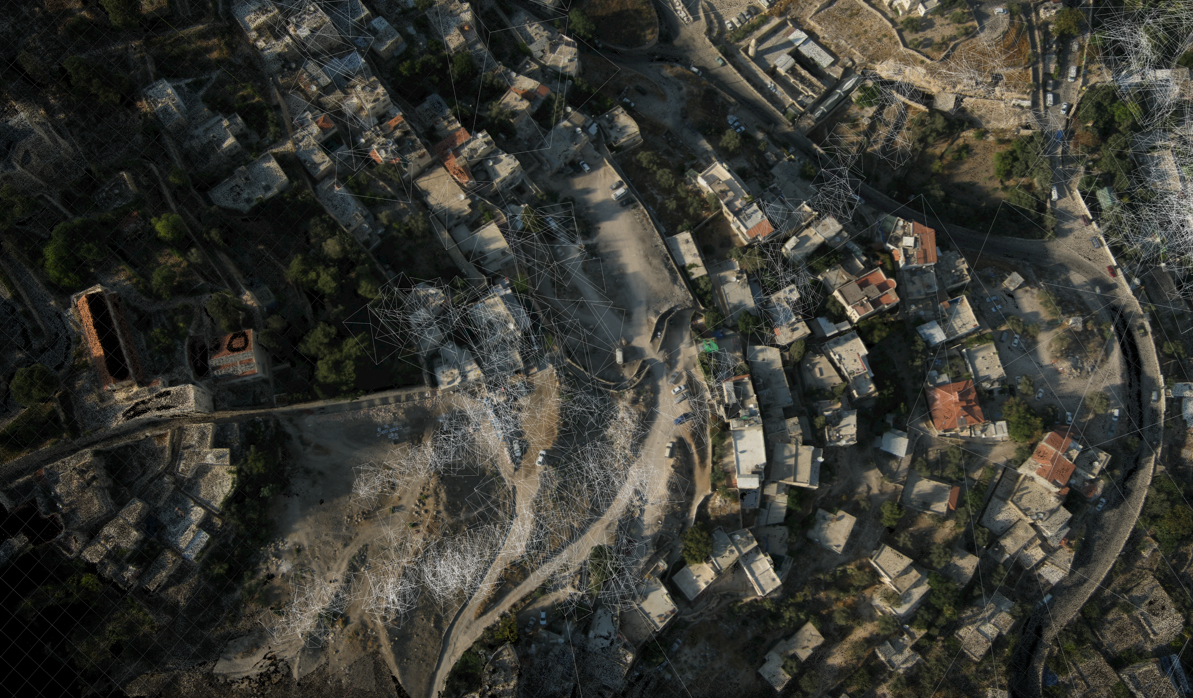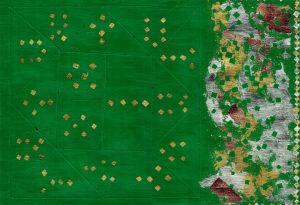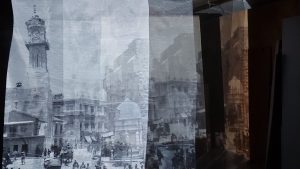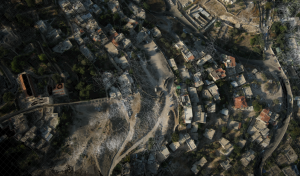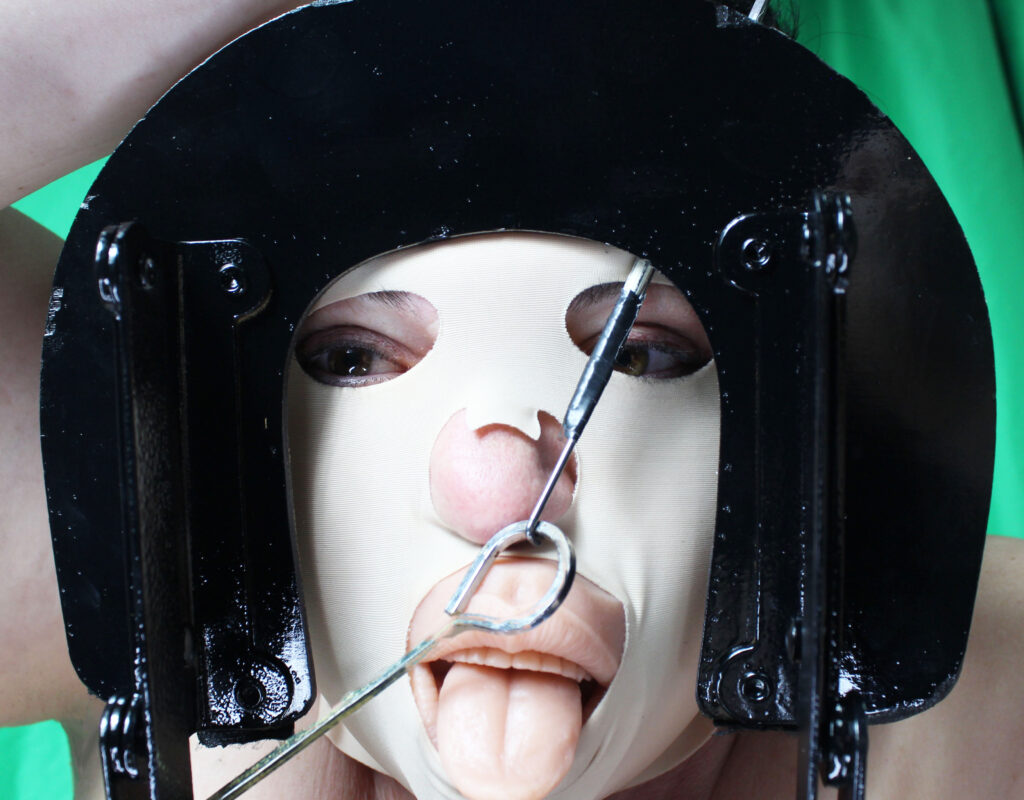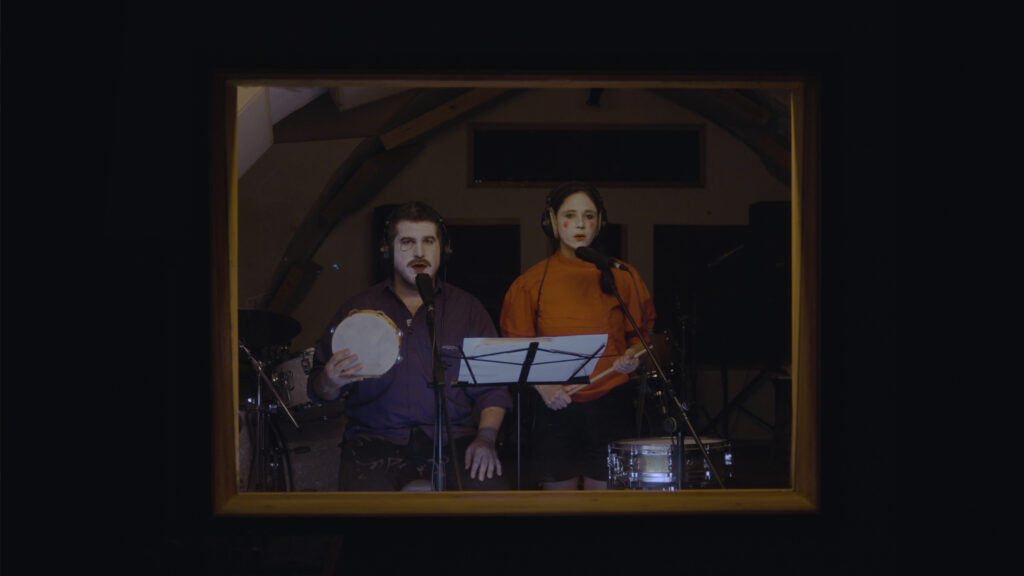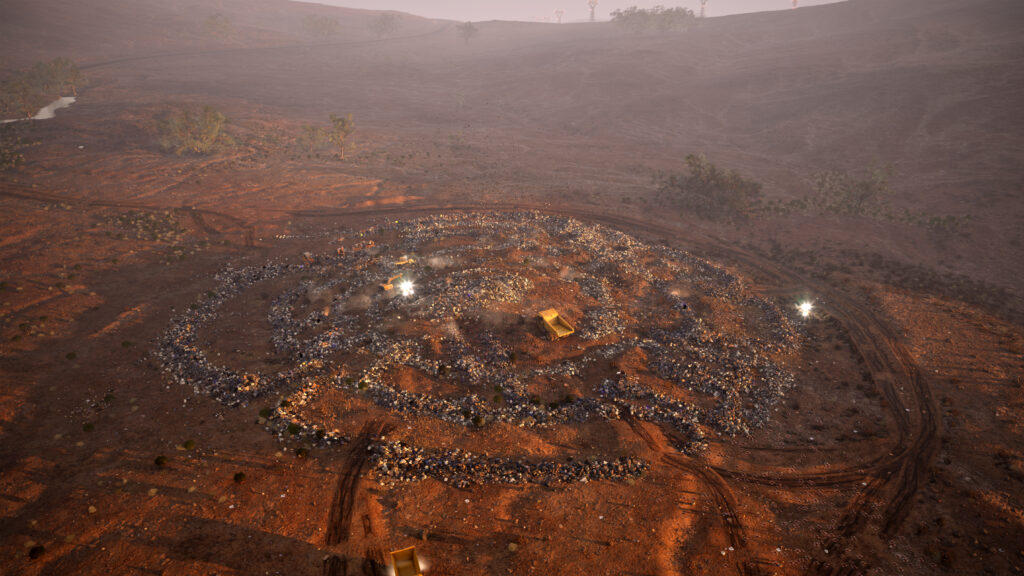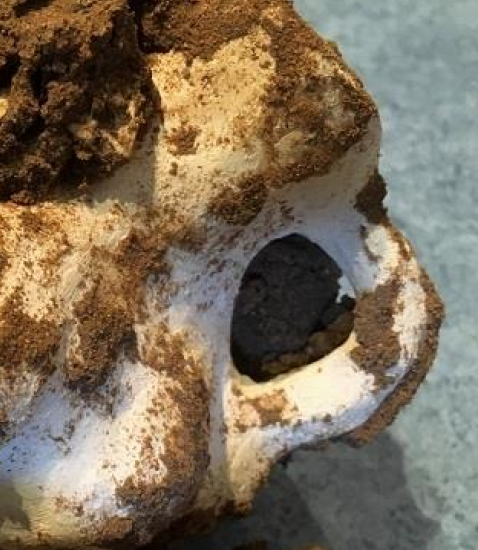What Are You Facing?
- 5/4/2024 – 29/6/2024 05/04/2024
“What am I facing?” is a question that is seldom asked in all seriousness. In most cases, the answer will be quick to come, and will rely on pre-defined, readily available templates. The brain has difficulty lingering in uncertainty, and is tempted to use readymade, easy-to-use answers. The question, “What am I facing?” does not necessarily seek one answer. The source of the question is an attempt at orientation – orientation in space and time, in human relationships, and in the world around us. It is a question about the very creation of categories, about the self-evident and transparent, about the order of things. However, the question, in and of itself, reduces the field of vision, isolates it, and excludes other questions: What is above / below / behind me? What or who stood here before me?
Some of us are familiar with the question, “What am I facing?” from the encounter with an artwork. In an art exhibition, this question often arises as part of the interpretive process of searching for meaning, for understanding. It arises from the basic premise that a guiding hand knowingly chose exactly what we will see, what we will easily identify and what will become alien, what we will know and what will remain unknown.
An exhibition is a static state that lends itself to the act of interpretation. Unlike the art space, the space we live in is dynamic – a random mix of constantly changing events, interests, stories, and constraints. Even when it is edited, its curators remain anonymous. There are no credits. The anonymity of the editing of a space, often under the guise of randomness, is deceptive. It omits words, sentences, and entire paragraphs from the spatial text, and creates a seemingly uniform, but incomplete, story. It seems that we always know too little about the place we are facing. In most places, we are unable to distinguish between the random and the predetermined, between the story and the testament – especially in spaces where a uniform and coherent story is told, such as historical sites, but also in others that are not. It is the story we live in, the story that has erased other stories, and since it is self-evident to us, we are virtually blind to its existence.
***
The exhibition What Are You Facing? was created following a group journey in search of traces of the Ottoman Empire in the local region. Four-hundred years crammed into one undivided, vague chunk of time. Its defined – ostensibly clear – boundaries actually blur it. However, its tangible traces are evident in everything: the space we live in is stamped with tughra, the sultan’s seal. It is a broken seal, its parts scattered, masked, without context, and it cannot be put back together. But tracing it reveals a different story – a story of erasure, of neglect, of denial; of an empire that was no better than other empires – in this empire, too, there was violence, exclusion, corruption, decay. Yet observing it enables us to look differently at the space around us: to expand the lens of our gaze not only to what we are facing, but also towards ourselves.
The research group comprised people from diverse fields of practice – academic, artistic, political. In the course of a year, which included tours, encounters, and lectures by researchers and artists from Israel and Turkey, we assembled a puzzle that remained partial, faithful to its incompleteness. The multidisciplinary group’s work also yielded artworks. Each of them raises a whole series of questions that seek orientation, but do not necessarily seek a clear answer. Some of the works are poetic, and some are distinctly research. The exhibition includes a reference room that is an art project in itself, but it also displays texts and findings collected during the months of joint research.
The group’s work also yielded a collaborative project of the same name as the exhibition: “What Are You Facing?” The project is a kind of “guided search” for traces of the Ottoman Empire in Israel/Palestine. It is a fragmentary guide with multiple voices, which continues to ask questions, to linger, and to challenge the possibility of giving answers. It does not provide orientation, but an array of examples, and a mountain of questions. It is an open platform that invites participation and expansion, an increasingly growing multilayered, multicultural, and multidisciplinary assemblage of critical spatial readings. You are invited to visit it by means of the listening posts scattered throughout the exhibition space, or on the dedicated website. The “guide” speaks alongside the artworks, but not about them, and has an independent existence outside the exhibition space as well – its questions can apply to any space you choose.
Curator:
Avital Barak
Artists:
Keren Benbenisty, Amnon BarOr, Michal BarOr, Sigal Barnir, Mark Yashaev, Ella Littwitz, Elham Rokni, Hagit Keysar, Ariel Caine, Miki Kratsman.

